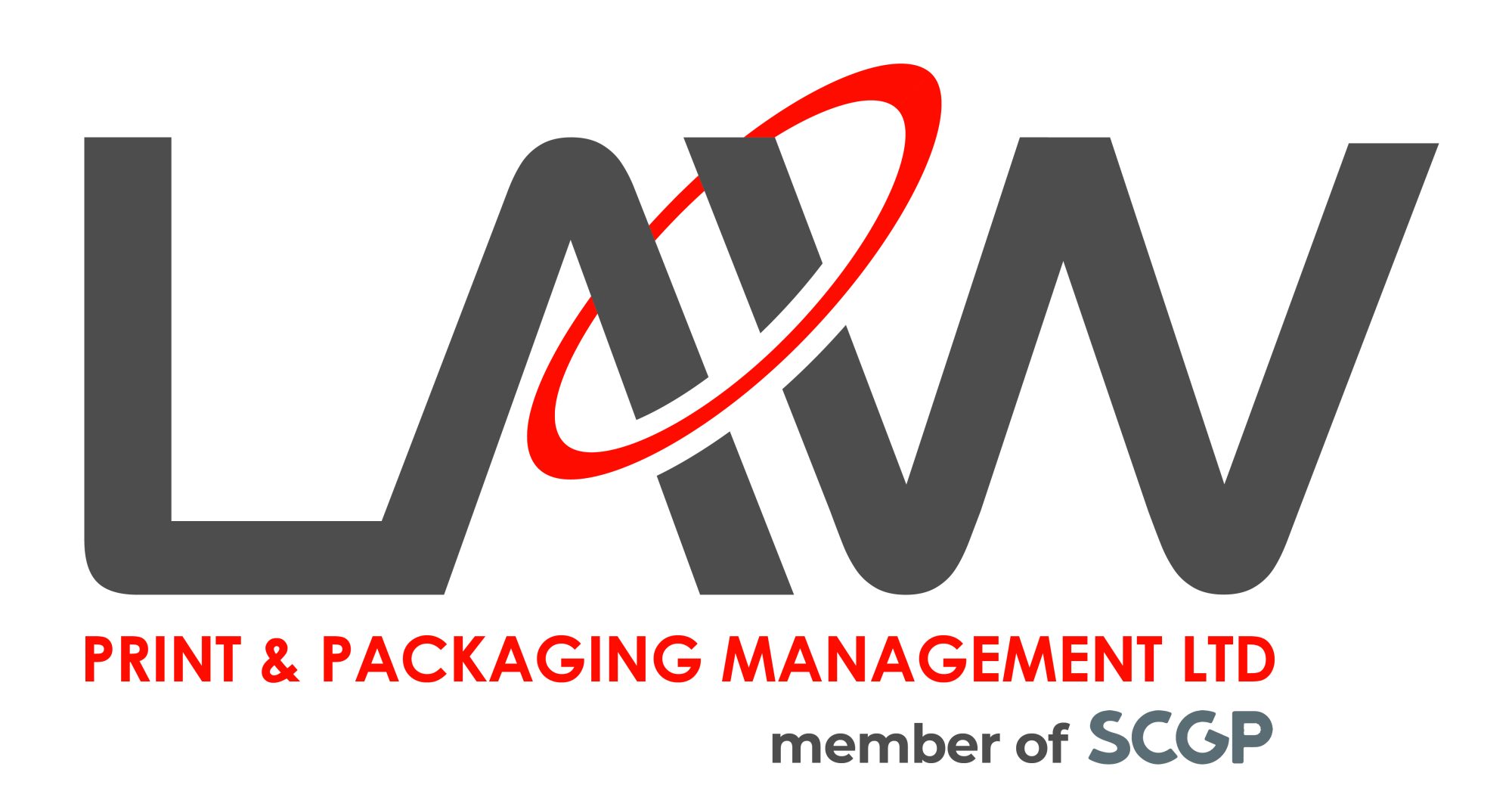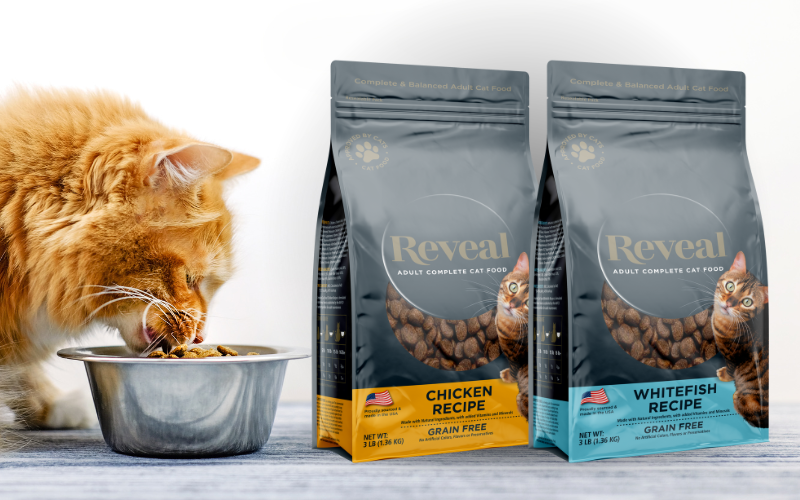The UK officially left the EU on 1st January 2021 and it should be obvious by now that things aren’t the same, especially when it comes to packaging. There have been a few changes that you need to be aware of.
The end of the Brexit transition period has triggered several product labelling changes, which have taken place regardless of UK-EU trade deal negotiations.
There have been a number of general packaging labelling changes with Brexit, and some that have remained the same, i.e. on the label, a free telephone number or other appropriate means of communication (internet, e-mail address, postal address) should be indicated in order to allow the purchaser to obtain certain information in addition to the mandatory particulars.
The next big date for food manufacturers’ diaries is 1 October 2022. This is when the origin label on certain foods, including meat, fruit and vegetables, must state either “UK” or “non-UK”, instead of the current origin indications of “EU” and “non-EU”. Additional regulations apply to the labelling of origin for olive oil and honey products.
UK manufacturers selling food products into the EU must follow EU rules for food labelling, and the EU emblem must not be used on goods produced in England, Scotland or Wales, unless authorised by the EU. Goods produced in Northern Ireland can continue to state “origin EU” or “UK(NI)”, where EU law requires.
In this blog, we’ll take you through the full list of requirements so you can be fully compliant with your packaging.
New labelling for EU Exports
By now, companies should have updated their product labels to take into account new addresses and new conformity marks. They should also understand whether they can continue to use various EU-related logos.
Firstly, EU regulation in this area necessitates that the business as name and address on a product must be an EU-based address.
This name and address must be either:
- the operator in the EU under whose name or business name the food is marketed or
- if that operator is not established in the EU, the name and address of the importer into the EU market must be indicated on the label
Towards the end of 2020, the UK Government and European Commission published technical guidance for businesses on the labelling and marking requirements for placing goods on the market in Great Britain (England, Scotland and Wales), Northern Ireland and the EU from 1 January 2021.
These labelling requirements differ based on the type of goods and assessments.
What is the UK Conformity Assessed marking?
To replace CE marking, the UK Conformity Assessed (UKCA) marking is a new UK product marking used for goods placed on the market in Great Britain.
It will be required for most goods currently subject to CE marking.
The UKCA mark will be available for use from 1 January 2021 but, in most cases, it will not be legally required until 1 January 2022 to give businesses time to adjust.
When should the UKCA be used immediately?
Most products will be permitted to continue using the CE marking until 1 January 2022.
These requirements do not apply to existing stock and products already placed on the market before 31 December 2020. Conditions for immediate UKCA use:
- The product will be placed on the Great Britain market
- The product is subject to specific UK legislation requiring the use of UKCA marking
- Conformity assessments are needed to be carried out by a third party
- A UK-body and registration carried out previous conformity assessments have not been transferred to an EU-recognised body before 1 January 2021
It is also essential to understand whether your goods are subject to individual requirements (e.g., chemicals, medicines) and check the UK Government guidance for continuing to place these goods on the Great Britain market.
- Establish whether your products fall under the regulation requiring a UKCA mark in GB from 1 January 2021.
- Look into whether you need to register with a new conformity assessment body to use UKCA marking or continue using CE marking.
- Check whether product labels will need to be amended to identify an EU established importer or authorised representative from 1 January 2021 then confirm who this will be and that they are ready to comply with new importer obligations.
- If you can’t amend labelling or packaging, we can help businesses to ‘overlabel’/sticker in the short term.
Our team can guide you through this process from start to finish and help with any issues you may face.
For information regarding pet food labelling and brexit visit our blog. Our sister company DCP is also well versed on all the changes that have been made, and are available for advice. Contact them here http://dcp-uk.co.uk/services/
The rules for what you must show on food labels changed on 1 January 2021 with Brexit for some food and drink products. From this date, a plastic tax has also been introduced. You should also follow our blog to keep up to date with other packaging news and updates or follow us on social media.
All information is correct at the time of writing. If you are unsure on anything, please refer to: gov.uk


